Jupiter’s intense auroras superheat its upper atmosphere!
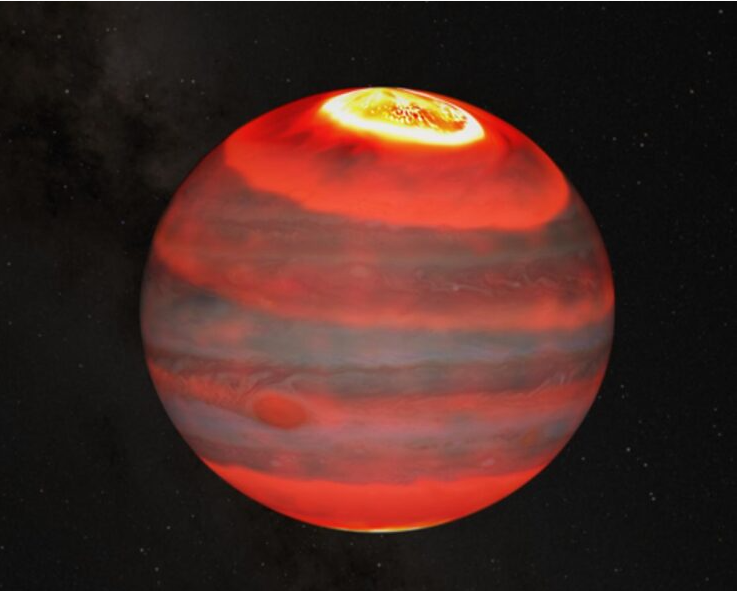
After multiple theories and investigations that tried to reveal for years the cause of the climatic crises that impact Jupiter, a new study has determined that the auroras that develop on that planet are responsible for its extreme atmospheric warming. Astronomers have created the most detailed global map yet of the gas giant’s upper atmosphere, confirming that study.
Auroras occur when energetically charged particles become trapped in a planet’s magnetic field: their impact drifts toward the magnetic poles, moving atoms and molecules in the atmosphere to generate emanations of light and energy. On Earth, the phenomenon produces the fantastic light show formed by the Aurora Borealis and the Aurora Australis.
On Jupiter, the process is more intense and extreme, material spewing from its volcanic moon Io leading to the most powerful aurora in the Solar System and enormous heating in the planet’s polar regions.
Io, the closest Galilean satellite to Jupiter, was discovered by Galileo Galilei in 1610. It is located 628.3 million kilometers from Earth, having the least amount of water in proportion to its magnitude among all known objects in the Solar System. Jupiter’s satellite is considered the strangest moon in our cosmic neighborhood.
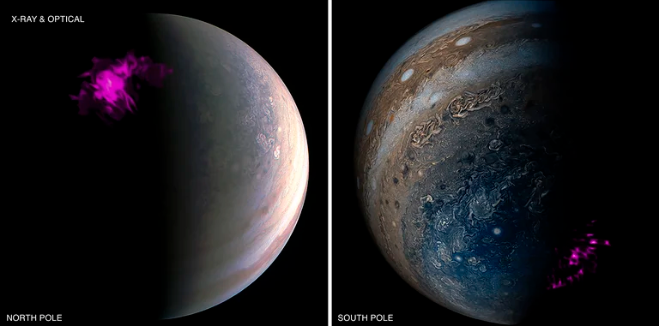
It has incredible volcanic activity, which was directly observed in the Voyager mission. The space probes sent by NASA in the late 1970s came to observe the simultaneous eruption of nine volcanoes on Io. The volcanism of this satellite causes emissions that directly affect Jupiter’s magnetic field, driving the development of its powerful auroras.
Observations made with the Keck telescope, located in Hawaii, allowed specialists to produce temperature maps of extraordinary detail. They confirmed that the temperatures are very high within the aurora impact zone and at the same time verified that Jupiter’s auroras are the ones that generate the warming of the entire planet, with special influence on the polar regions.
The scientists also discovered that there is a period of more intense energetic activity, possibly driven by compression of the solar wind, in which a planetary-scale structure of high temperatures was observed, propagating directly from the auroras. Consequently, observations indicate that Jupiter’s upper atmosphere is heated mainly by the redistribution of energy coming from the auroras.
In this way, the climatic crises on Jupiter and other similar planets can now be analyzed according to more complete and reliable models.
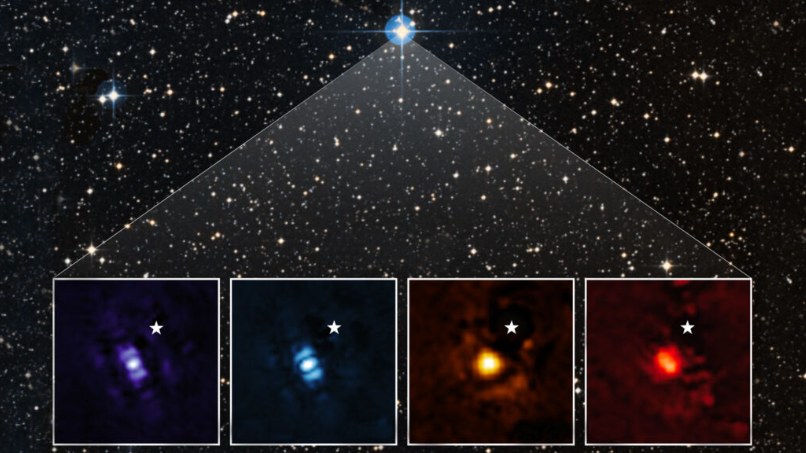
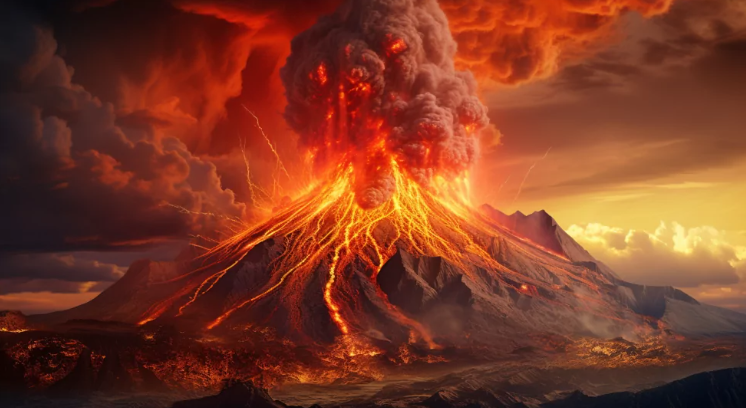
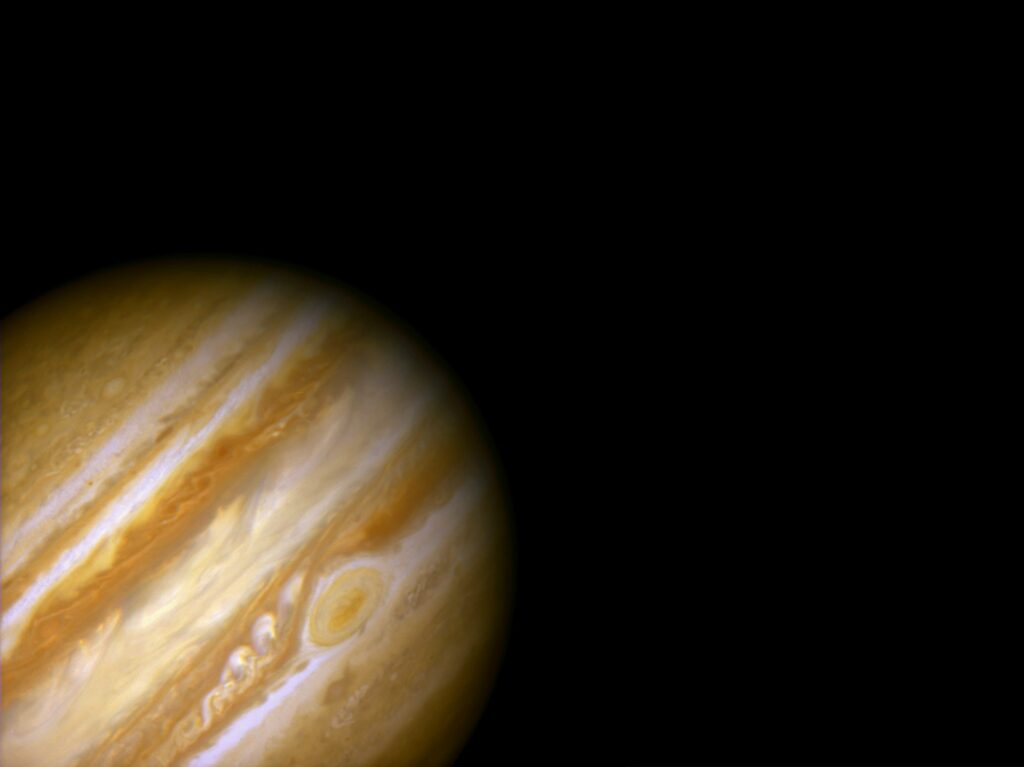
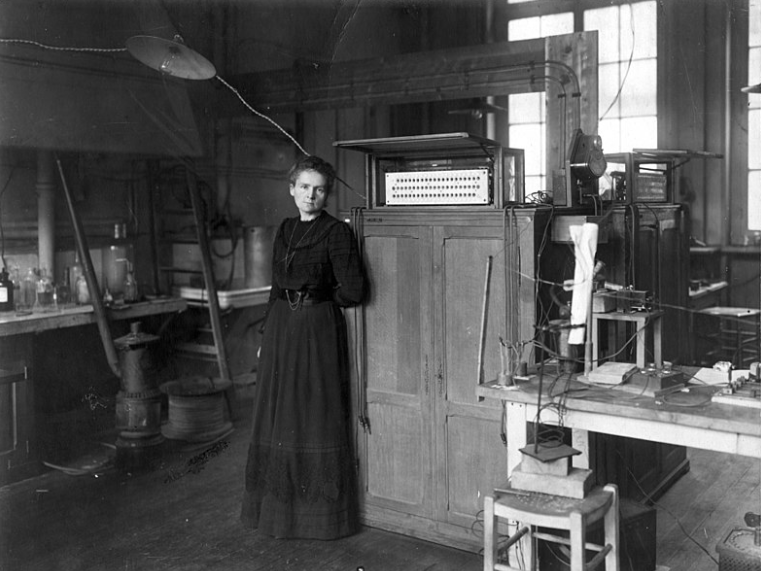
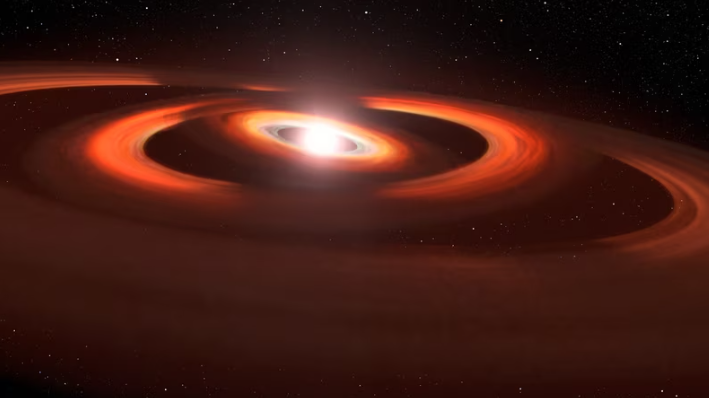
Responses